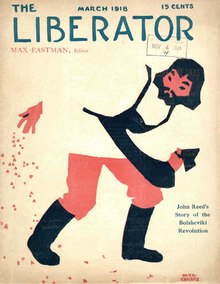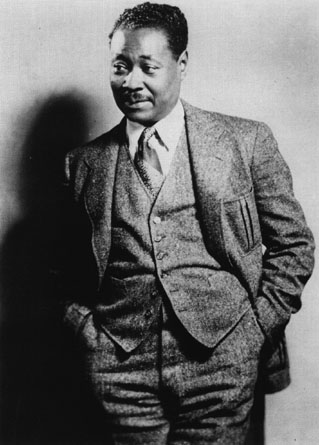
Festus Claudius "Claude" McKay OJ was a Jamaican-American writer and poet. He was a central figure in the Harlem Renaissance.
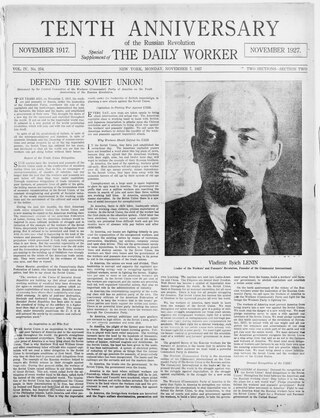
The Daily Worker was a newspaper published in New York City by the Communist Party USA, a formerly Comintern-affiliated organization. Publication began in 1924. While it generally reflected the prevailing views of the party, attempts were made to reflect a broader spectrum of left-wing opinion. At its peak, the newspaper achieved a circulation of 35,000. Contributors to its pages included Robert Minor and Fred Ellis (cartoonists), Lester Rodney, David Karr, Richard Wright, John L. Spivak, Peter Fryer, Woody Guthrie and Louis F. Budenz.

The Proletarian Party of America (PPA) was a small communist political party in the United States, originating in 1920 and terminated in 1971. Originally an offshoot of the Communist Party of America, the group maintained an independent existence for over five decades. It is best remembered for carrying forward Charles H. Kerr & Co., the oldest publisher of Marxist books in America.
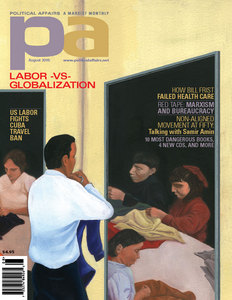
Political Affairs Magazine was a monthly Marxist publication, originally published in print and later online only. It aimed to provide an analysis of events from a working class point of view. The magazine was a publication of the Communist Party USA and was founded in 1944 upon the closure of its predecessor, The Communist, which was founded in 1927. Well-known editors of Political Affairs Magazine included V. J. Jerome, Gus Hall, Hyman Lumer, Herbert Aptheker, Gerald Horne, and Joe Sims. Other editors included Max Weiss. In 2016, the magazine stopped publishing articles and merged with People's World.

New Masses (1926–1948) was an American Marxist magazine closely associated with the Communist Party USA. It succeeded both The Masses (1912–1917) and The Liberator. New Masses was later merged into Masses & Mainstream (1948–1963). With the coming of the Great Depression in 1929 America became more receptive to ideas from the political Left and New Masses became highly influential in intellectual circles. The magazine has been called “the principal organ of the American cultural left from 1926 onwards."
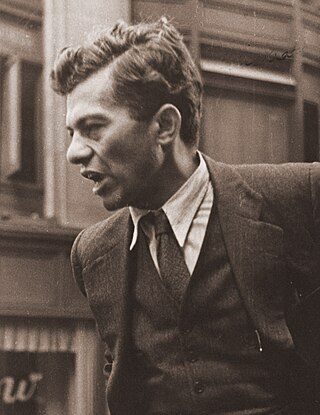
Michael Gold was the pen-name of Jewish American writer Itzok Isaac Granich. A lifelong communist, Gold was a novelist and literary critic. His semi-autobiographical novel Jews Without Money (1930) was a bestseller. During the 1930s and 1940s, Gold was considered the preeminent author and editor of U.S. proletarian literature.
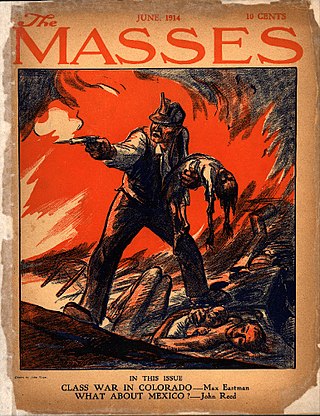
The Masses was a graphically innovative American magazine of socialist politics published monthly from 1911 until 1917, when federal prosecutors brought charges against its editors for conspiring to obstruct conscription in the United States during World War I. It was succeeded by The Liberator and then later New Masses. It published reportage, fiction, poetry and art by the leading radicals of the time such as Max Eastman, John Reed, Dorothy Day, and Floyd Dell.
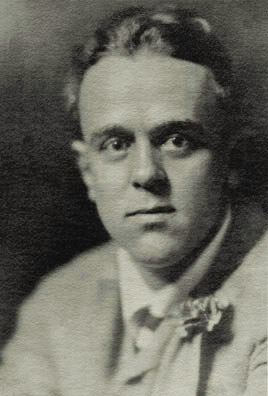
The John Reed Clubs (1929–1935), often referred to as John Reed Club (JRC), were an American federation of local organizations targeted towards Marxist writers, artists, and intellectuals, named after the American journalist and activist John Reed. Established in the fall of 1929, the John Reed Clubs were a mass organization of the Communist Party USA which sought to expand its influence among radical and liberal intellectuals. The organization was terminated in 1935.

Robert Berkeley "Bob" Minor, alternatively known as "Fighting Bob," was a political cartoonist, a radical journalist, and, beginning in 1920, a leading member of the American Communist Party.

William Gropper was a U.S. cartoonist, painter, lithographer, and muralist. A committed radical, Gropper is best known for the political work which he contributed to such left wing publications as The Revolutionary Age,The Liberator,The New Masses,The Worker, and Morgen Freiheit.
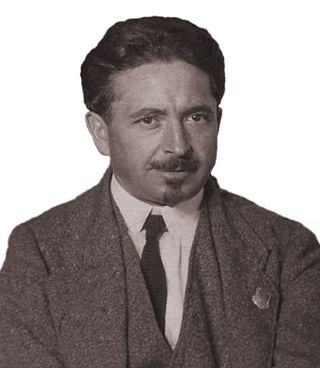
Max Bedacht Sr. was a German-born American revolutionary socialist political activist, journalist, and functionary who helped establish the Communist Party of America. Bedacht is best remembered as the long-time head of the International Workers Order, a Communist Party-sponsored fraternal benefit organization.

Lydia Gibson (1891-1964) was an American socialist illustrator who contributed work to The Masses,The Liberator,The Workers' Monthly,New Masses, and other radical publications.

During the ten decades since its establishment in 1919, the Communist Party USA produced or inspired a vast array of newspapers and magazines in the English language.
Alexander "Alex" Bittelman (1890–1982) was a Russian-born Jewish-American communist political activist, Marxist theorist, influential theoretician of the Communist Party USA and writer. A founding member, Bittelman is best remembered as the chief factional lieutenant of William Z. Foster and as a longtime editor of The Communist, its monthly magazine.
During the nine decades since its establishment in 1919, the Communist Party USA produced or inspired a vast array of newspapers and magazines in at least 25 different languages. This list of the Non-English press of the Communist Party USA provides basic information on each title, along with links to pages dealing with specific publications in greater depth.
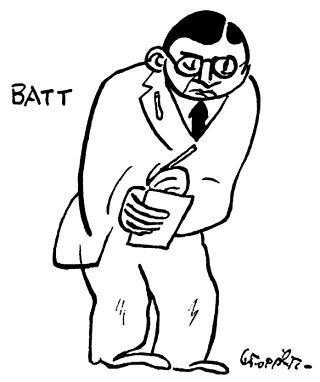
Dennis E. Batt was an American political journalist and trade union activist. Best remembered as the first editor of The Communist, the official organ of the Communist Party of America and leading member of the Proletarian Party of America, in later years Batt's political views became increasingly conservative and he ended his life as a mainstream functionary in the union movement.
Joseph Freeman (1897–1965) was an American writer and magazine editor. He is best remembered as an editor of The New Masses, a literary and artistic magazine closely associated with the Communist Party USA, and as a founding editor of the magazine Partisan Review.
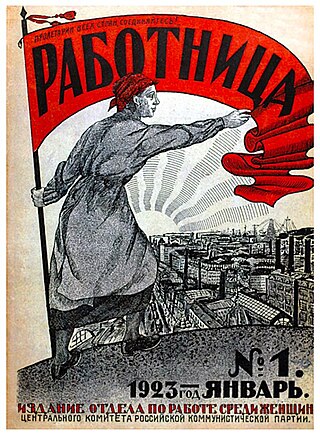
Rabotnitsa is a women's journal, published in the Soviet Union and Russia and one of the oldest Russian magazines for women and families. Founded in 1914, and first published on Women's Day, it is the first socialist women's journal, and the most politically left of the women's periodicals. While the journal's beginnings are attributed to Lenin and several women who were close to him, he did not contribute to the first seven issues.
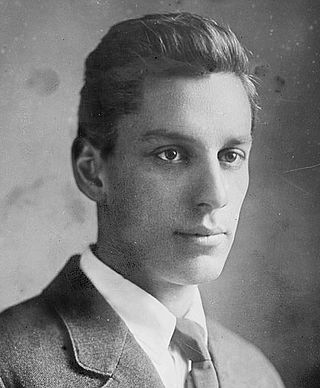
Max Forrester Eastman was an American writer on literature, philosophy and society, a poet and a prominent political activist. Moving to New York City for graduate school, Eastman became involved with radical circles in Greenwich Village. He supported socialism and became a leading patron of the Harlem Renaissance and an activist for a number of liberal and radical causes. For several years, he edited The Masses. With his sister Crystal Eastman, he co-founded in 1917 The Liberator, a radical magazine of politics and the arts.

James Patrick Cannon was an American Trotskyist and a leader of the Socialist Workers Party.
